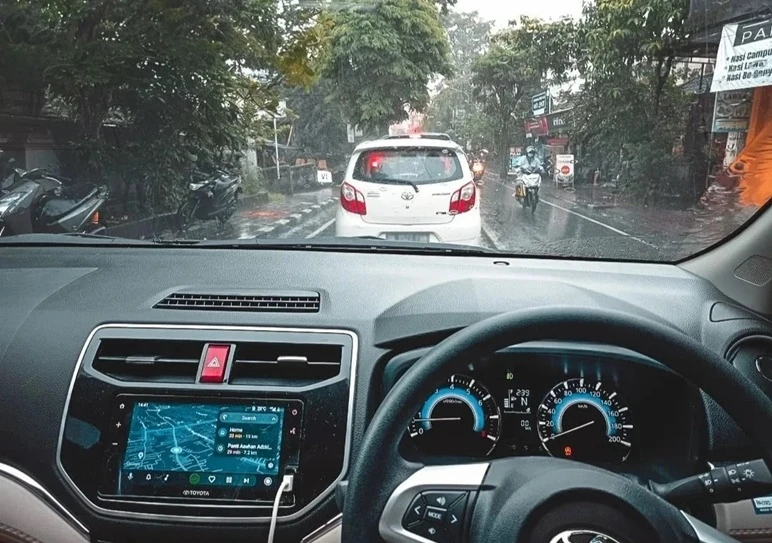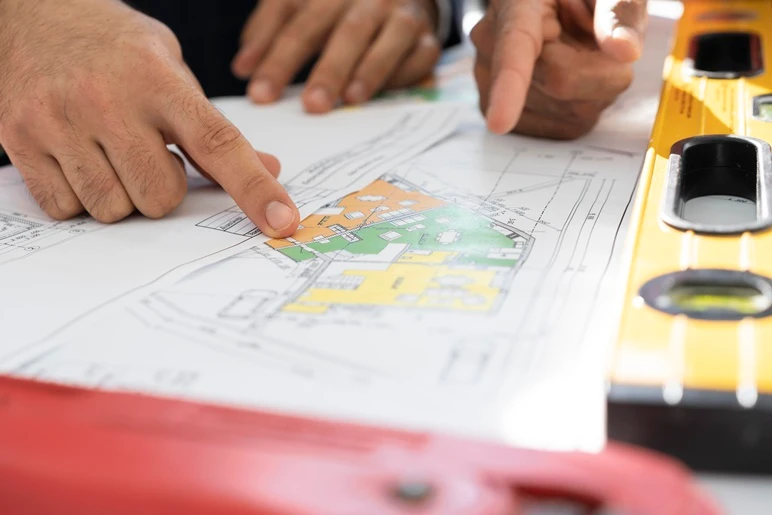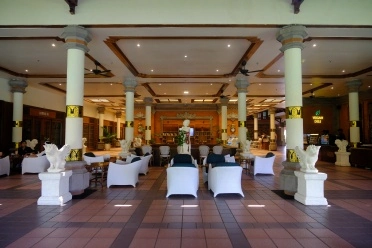Visitors who have experienced Bali know that the island’s beauty often comes with a price—hours spent in traffic, especially in hotspots like Uluwatu, Canggu, and Seminyak. Now, a new wave of infrastructure projects aims to turn the tide. Among them is a significant new road planned to connect key areas of the Bukit Peninsula, including Jimbaran and Uluwatu, two of the most visited corners of South Bali.
Bali is taking decisive steps to solve one of its longest-standing problems: traffic congestion in its most popular tourism zones.
A Long-Awaited Move for the Island’s Most Congested Areas
The planned route will open alternative access to one of the island’s most problematic traffic zones. The goal is simple yet ambitious: to improve mobility for locals and tourists alike while reducing the high number of road accidents that occur along the narrow, heavily used roads leading toward the peninsula.

This new road is part of a broader initiative under the current regional government to modernize access routes throughout southern Bali. The push reflects a growing recognition that while tourism fuels the island’s economy, it also strains its infrastructure.
Strategic Development Around Key Landmarks
The upcoming construction is designed to ease pressure on the main Uluwatu Highway by introducing an alternative link between the Udayana University complex and the cultural landmark area near GWK. This new route is projected to divert traffic away from traditional choke points and provide a more direct path for those traveling between Pecatu, Ungasan, and central Denpasar.

In addition, other strategic projects are being lined up across the island. These include the long-anticipated West Gatot Subroto Road, which will connect central Canggu to the Tanah Lot area. Once completed, it is expected to reduce congestion on the Denpasar-Gilimanuk route, which often becomes overloaded with heavy vehicles and commercial transport. New underpasses, flyovers, and expanded intersections are also in the pipeline, reflecting a coordinated approach to managing Bali’s growing traffic problem.
The Challenge of Building for the Future
For residents and business owners, these developments offer a glimpse of hope that daily commutes could soon become smoother. For tourists, it promises shorter travel times between destinations that once felt frustratingly far apart. Yet, while the long-term vision is promising, the short-term impact may test patience.

Road construction inevitably creates temporary slowdowns, and Bali’s narrow layouts mean that diversions could intensify congestion before the benefits are felt. The challenge will lie in executing the projects efficiently and managing disruptions with minimal impact on tourism flow.
What It Means for Tourists
Despite potential construction delays, these projects signal a strong commitment to improving the visitor experience. The government’s infrastructure push demonstrates that Bali’s tourism strategy is evolving beyond hospitality and cultural offerings—it now includes creating a more seamless, comfortable journey across the island.

Travelers are advised to allow extra travel time during the construction phase, especially when heading to or from the airport or moving between major resort areas during peak hours. Still, once the projects are complete, the smoother flow of traffic could redefine how people explore the island.
Toward a More Connected Bali?
The new roads mark a turning point for Bali’s development narrative. More than infrastructure, they are about accessibility, safety, and sustaining the island’s future as a world-class destination. The success of these projects will depend on how well planning, community needs, and tourism growth can be balanced.

If done right, Bali could move closer to what both visitors and residents have long hoped for: a journey through paradise that feels as effortless as it looks.




 Billy Bagus
Billy Bagus
 Nov 14, 2025
Nov 14, 2025






